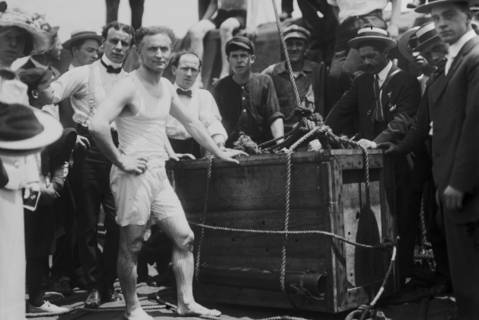In the early 1990s, those who were caught in a heavy summer shower on a specific 7th district street, Wesselényi utca, could take refuge under two huge plastic boobs. Yes, you read that right. A bar converted from a former cobbler's workshop, Rózsaszín Cicák was undoubtedly the city's most frivolous attraction around the regime change. And inside, the atmosphere was just as hot as you'd expect from the outside. This was Budapest's first private nightclub.
Despite adult entertainment existing in Budapest's nightclubs since the 1960s, a true private nightclub didn't arrive until 1985. Inspired by the infamous Hollywood Pink Pussycat bar, the venue had a playful name game. While the singular 'Pink Pussycat' adorned the entrance, locals affectionately dubbed it 'Rózsaszín Cicák', meaning 'Pink Pussycats', in plural. Interestingly, the original plan was even bolder. They envisioned a name closer to 'Rózsaszín Cici' (Pink Boob), referencing the breast-like shape above the entrance. However, for a bustling location, this proved a bit too spicy.
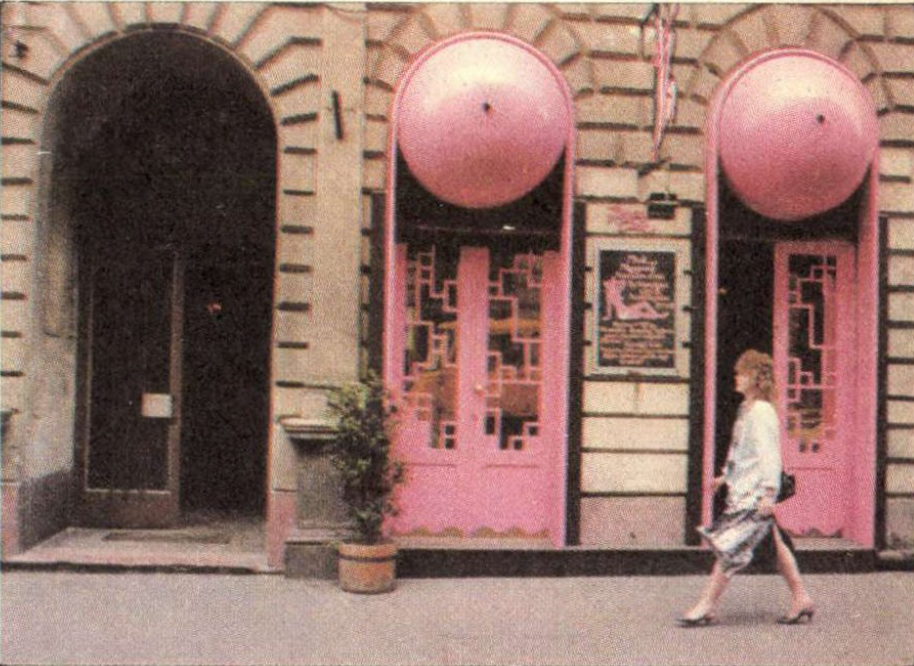
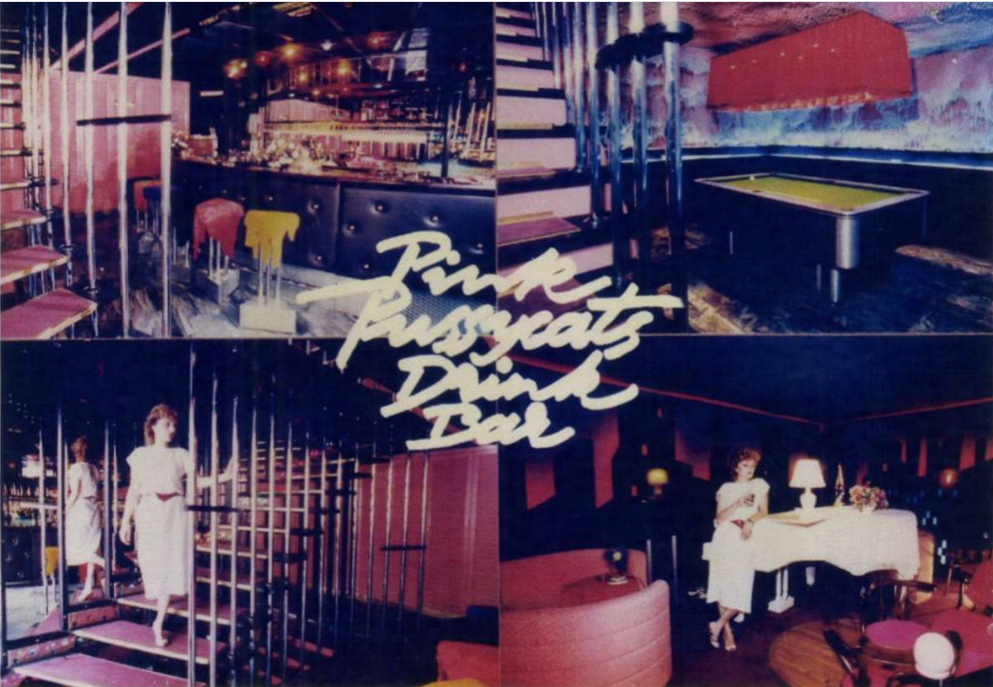
Located at 58 Wesselényi utca, the club offered a unique blend of the erotic and the unexpected. Interior designer Tibor Máté, who later went on to design banks and shopping malls, took his first steps here. The erotic theme intertwined with latticework reminiscent of geisha houses, creating a truly singular atmosphere. Inside, mirrors, a pink stuffed kitty adorning the piano, and a small, intimate mezzanine catered to the beauties. Meanwhile, a masculine escape awaited downstairs: a pool room that resembled a pink stalactite cave!
Bertalan Pásztor, the owner of Rózsaszín Cicák, envisioned a different atmosphere when he opened the place in 1985. He dreamt of a piano bar channelling the cool vibes of the 1960s. True to his vision, nights initially began with the talented Iván Koródi, one of the era's top bar pianists, entertaining guests alongside the beautiful women. The bar boasted an impressive selection, with a menu featuring 300 types of alcohol and signature cocktails. Pásztor even claims they were the first in Budapest to serve Jack Daniels.
However, the transition wasn't immediate. Until 1989, the piano and pianist remained fixtures. Then, the tide turned. The underclothed ladies took centre stage, captivating the clientele. While not offering explicit services, they interacted with guests, subtly seeking financial favours returned in the form of cash discreetly tucked into their undergarments. Nightly entertainment began at 6 pm, with the show escalating to full nudity as the night carried on. Maintaining order in this unique world fell to László Pém, a former European bronze medallist boxer who doubled as the club's bouncer.
From Monchhichi king to Budapest's nightlife legend: The story of Bertalan Pásztor
Bertalan Pásztor has a life story that embodies the vibrant spirit of the 20th century. A self-described ladies' man with a love for money and football, Pásztor's journey started humbly as a waiter. Following the Hungarian Revolution of 1956, he left the country with his then-partner, seeking fortune in Australia. His adventurous spirit led him to work on luxury yachts, travelling across continents. But even amidst this glamorous lifestyle, his focus remained on ‘professional catches.' It was during his travels that Pásztor encountered tequila, but what truly captivated him was the art of presentation. He described a bar in Tenerife where a ‘Spanish diva' with bold jewellery and curves served drinks. Instead of simply salting the rim, she ‘lustily licked' it, creating an ‘immediate effect' on the patrons. This experience, along with witnessing the showmanship of bartenders, became a defining lesson: customers crave a spectacle.
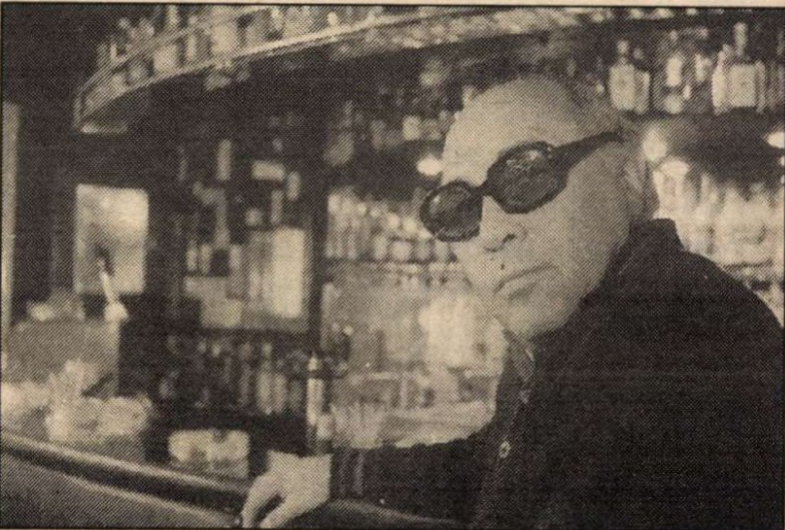
In 1961, a twist of fate brought Pásztor back to Budapest. His mother's illness urged his return, leading him back to the familiar world of waiting tables in the city's most prestigious restaurants – Kis Royal, Pipacs, and Gundel. However, his entrepreneurial spirit couldn't be contained. He dabbled in machine knitting, even opening his own boutique. Love also entered the picture, and during the hospitalisation of his significant other, Pásztor crafted a lifelike Monchhichi doll as a gift. The adorable creation sparked a craze within the hospital walls, and Pásztor, ever the opportunist, saw a new venture. He began mass-producing the popular Monchhichi dolls.
Nightlife, however, remained his true passion. Disillusioned by the cheap shows and rip-offs dominating the 1980s scene, he decided to return with a bang. Rózsaszín Cicák was born. Known in the nightlife world simply as 'Berci,' Pásztor's love for football also manifested in his philanthropy. He channelled some of the nightclub's revenue towards a dream – a private sports academy named 'Foci XXI. Század Alapítvány' (21st Century Football Foundation). This ambitious project envisioned a boarding school for talented young footballers. Pásztor made several attempts in the early 1990s to bring this vision to life, but unfortunately, the venture ultimately faced bankruptcy.
Easy girls, tough customers
Rózsaszín Cicák wasn't shy about its allure. Advertisements in national newspapers sought ‘decorative girls' for nightly ‘love shows.' University students, often harbouring dreams of marriage and family, found themselves drawn to the glamorous facade. However, the reality proved harsh. Informal contracts meant income came from tips, and most women couldn't handle the environment for more than six months. A revolving door of beauties cycled through the bar.
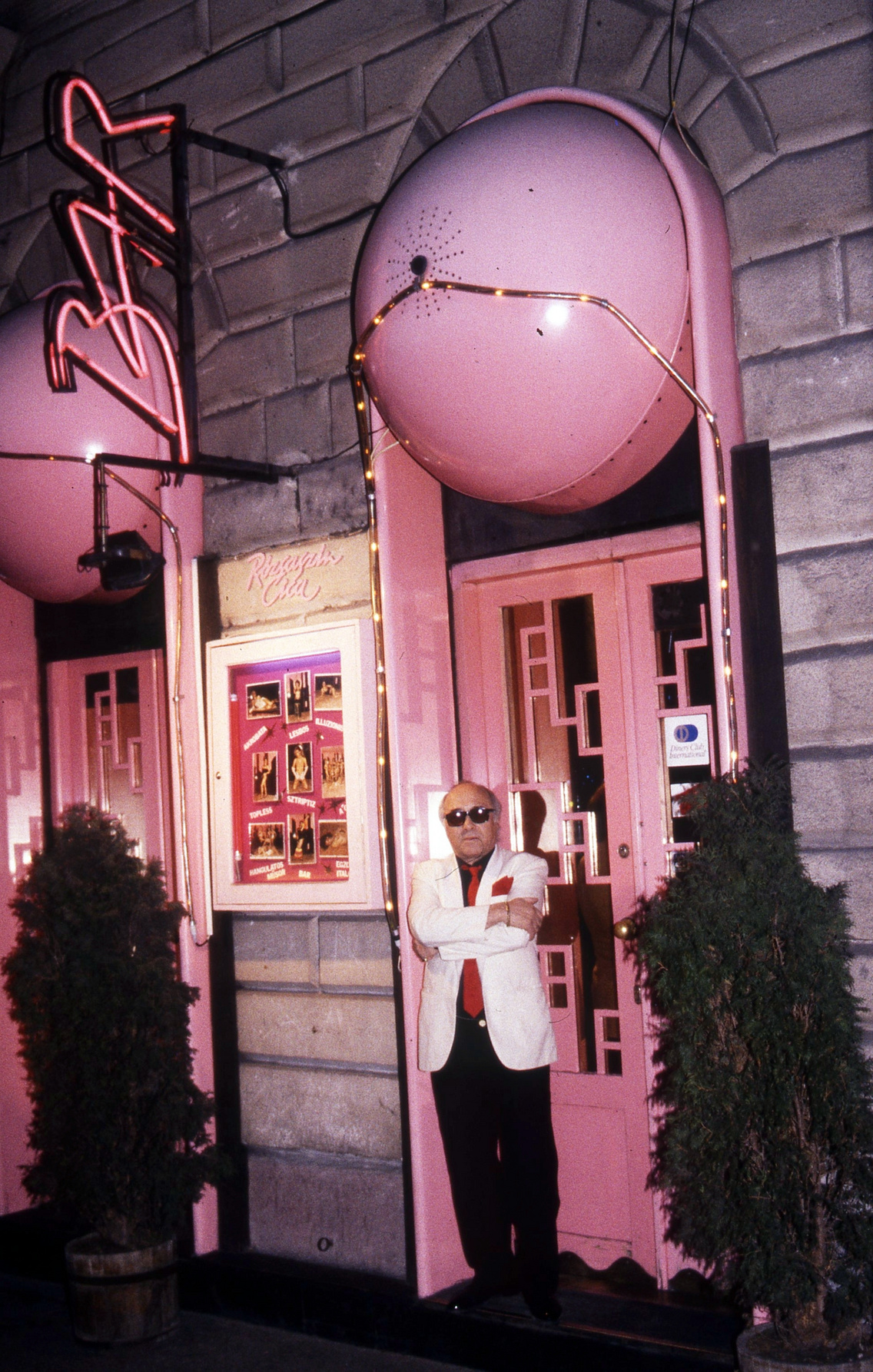
As communism crumbled, Rózsaszín Cicák's mix of money, beauty, and alcohol became a magnet for Budapest's underworld. Notorious figures were frequent guests. The bar's security mirrored this shift. Former bouncers like boxer László Pém and ex-wrestler Norbert Növényi were eventually replaced by the ruthless henchmen of József Prisztás, led by Attila Csobolya.
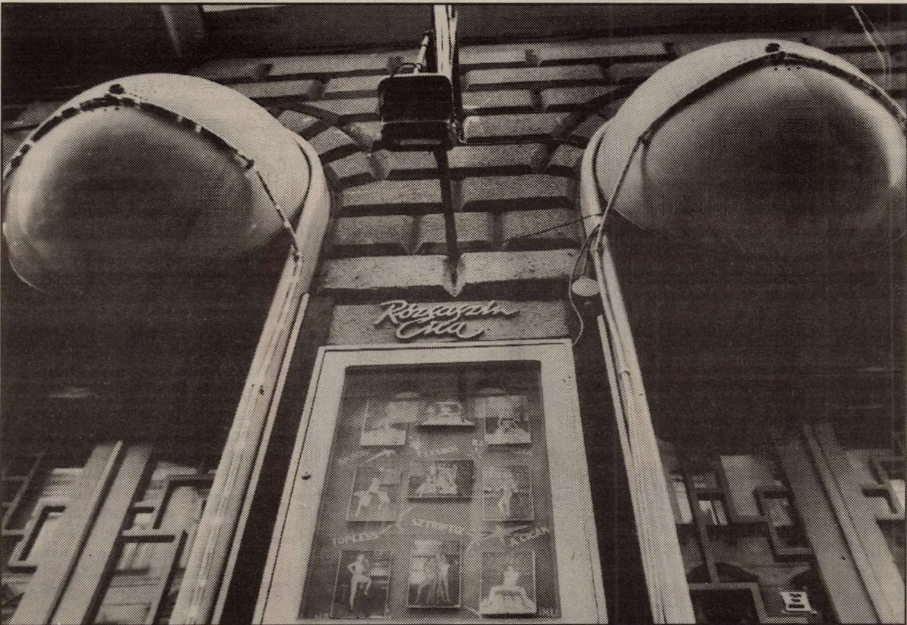
Urban legend paints a picture of Pásztor's downfall. Allegedly, he was tricked into opening an account in a fake Vienna bank, a front for a criminal operation. Over two years, he unknowingly deposited his savings into the hands of conmen. However, neither the bank nor the employees he met there were genuine. The criminals allegedly rented a separate business premises, which they set up as a fake bank in order to rip off their victims. Whether the bank tale is true or not, Rózsaszín Cicák closed its doors in 1994. Bertalan Pásztor, a man who rode the highs and lows of 20th-century Hungary, made his final public appearance as a witness in a murder case.
Sources:
- Dezső András: Maffiózók mackónadrágban, 21. Század Kiadó, Budapest, 2019
- 24.hu, Hatalmas rózsaszín női mellek uralták az éjszakát
- Mai Nap, 1989. november 1. Burkovits Ferenc: Ugrani készül a Rózsaszín Cica
- Reform, 1989. május 19. Kárpáti Tamás: Kissé szűkös ez a Rózsaszín Álomország
- Mai Nap, 1993. március 6. Érsek M. Zoltán: Gátlástalan
- Máté Tibor portfóliója a Nemzeti Galéria gyűjteményéből, Budapest, 2011
(Cover photo: Tibor Máté - Arcanum Digitális Tudománytár)

